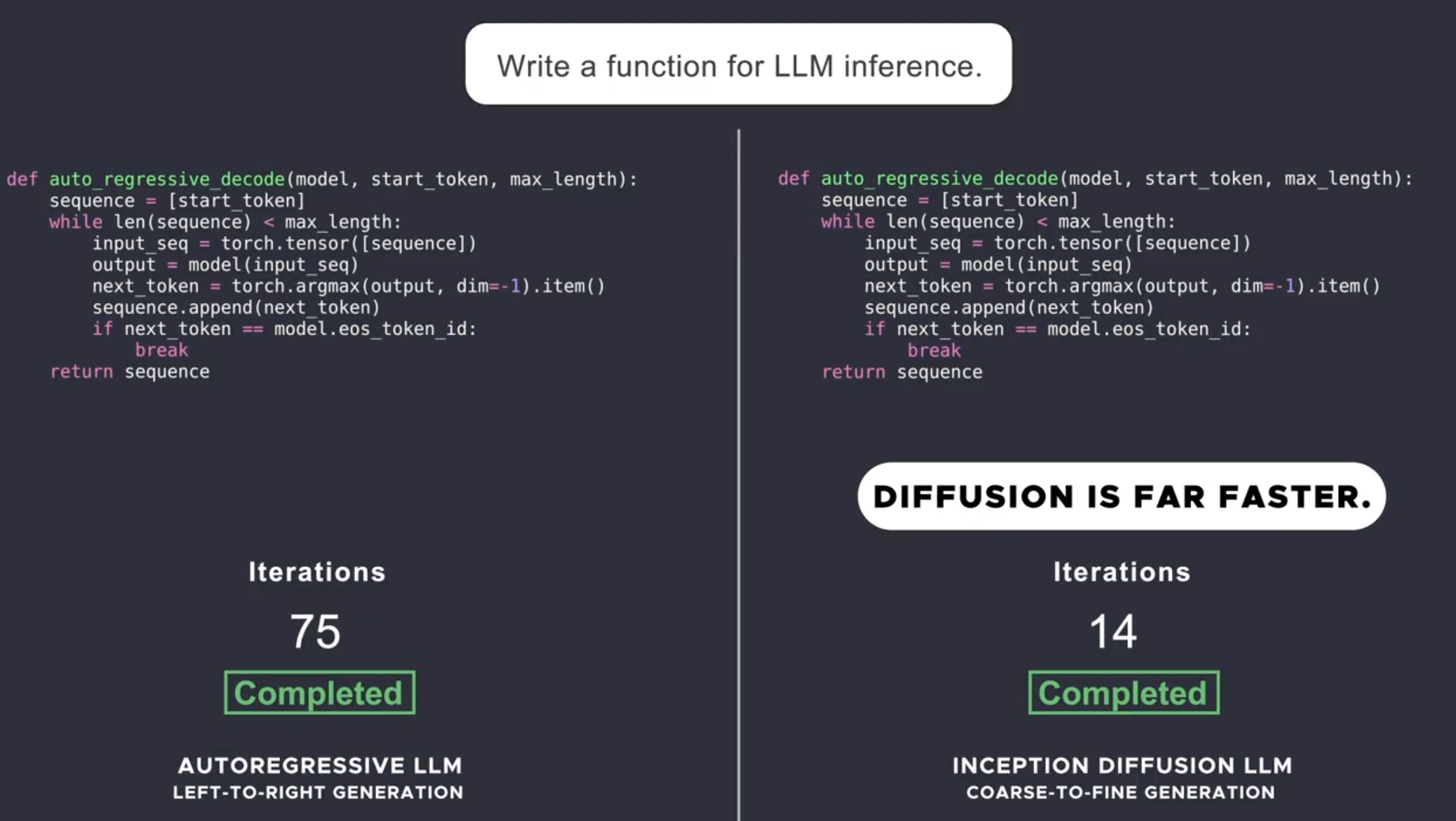Understanding Phishing Attacks in Thane
Phishing attacks, a major cybersecurity threat, involve deceptive tactics to steal sensitive information like login credentials and financial data. Businesses and individuals can protect themselves by implementing technical defenses, educating users on recognizing phishing attempts, adopting secure communication practices, and maintaining robust backup systems. Continuous monitoring and a strong incident response plan further enhance resilience against these threats

In today’s interconnected digital landscape, businesses and individuals face an escalating threat from phishing attacks. Understanding these attacks and implementing robust protection strategies is vital to safeguarding sensitive information and ensuring cyber resilience. This guide provides an in-depth look at phishing threats and actionable steps to defend against them.
Understanding Phishing Attacks
Phishing is a deceptive cyber tactic where attackers impersonate legitimate entities to trick victims into revealing sensitive information, such as login credentials, financial details, or personal data. Phishing can manifest in various forms:
· Email Phishing: Fraudulent emails that appear to be from reputable organizations, urging recipients to click malicious links or download harmful attachments.
· Spear Phishing: A more targeted approach where attackers customize their messages to specific individuals or organizations.
· Smishing and Vishing: Phishing attempts via SMS (smishing) or voice calls (vishing), designed to extract confidential information.
· Clone Phishing: Attackers duplicate legitimate emails but replace links or attachments with malicious ones.
Key Strategies for Protection
1. Strengthen Technical Defenses
· Multi-Factor Authentication (MFA): Require multiple verification methods to access accounts, adding an extra layer of security.
· Email Security Solutions: Deploy advanced email filtering to identify and block phishing emails before they reach users.
· Anti-Phishing Software: Utilize tools that detect and neutralize phishing attempts in real-time.
· Secure Web Gateways: Implement tools to block access to malicious websites and monitor online activity.
2. Educate Employees and Users
· Recognizing Phishing Attempts: Train users to identify red flags, such as generic greetings, misspelled domains, and unexpected urgency in messages.
· Interactive Training Modules: Use engaging programs to teach cybersecurity best practices.
· Simulated Phishing Campaigns: Conduct regular phishing simulations to test awareness and improve response rates.
3. Implement Best Practices for Communication
· Verify Before Sharing: Encourage users to independently verify requests for sensitive information by contacting the requester through official channels.
· Limit Information Sharing: Minimize the amount of personal or organizational data shared online.
· Consistent Messaging Protocols: Establish clear guidelines for communicating sensitive information within the organization.
4. Backup Critical Data
· Regular Backups: Ensure frequent backups of critical data, stored securely and offline.
· Disaster Recovery Plans: Develop and test recovery plans to ensure rapid restoration in case of a breach.
5. Monitor and Respond Proactively
· Real-Time Threat Detection: Use monitoring tools to identify and respond to unusual activity.
· Incident Response Plan: Create a step-by-step plan for managing phishing incidents, including containment and recovery.
· Threat Intelligence Sharing: Participate in industry groups to stay informed about evolving phishing tactics.
How Codelancer Cybersecurity Can Help
At Codelancer Cybersecurity, we specialize in comprehensive phishing defense strategies to protect your organization:
· Threat Assessment: Conduct detailed evaluations to identify vulnerabilities and risks.
· Customized Security Solutions: Tailor defense mechanisms to your specific needs, including email filtering, anti-phishing tools, and secure gateways.
· Employee Training Programs: Offer dynamic training sessions to empower employees to recognize and respond to phishing threats effectively.
· Incident Response Services: Provide expert guidance and support to mitigate the impact of phishing attacks and prevent recurrence.
· Continuous Monitoring: Ensure 24/7 monitoring to detect and address phishing attempts promptly.
Conclusion
Protecting against phishing attacks requires a comprehensive approach that combines technological defenses, employee education, and proactive incident management. By implementing these strategies, organizations can significantly reduce their exposure to phishing threats and enhance their overall cybersecurity posture.
For tailored phishing defense solutions, visit Codelancer Cybersecurity today.
What's Your Reaction?





































